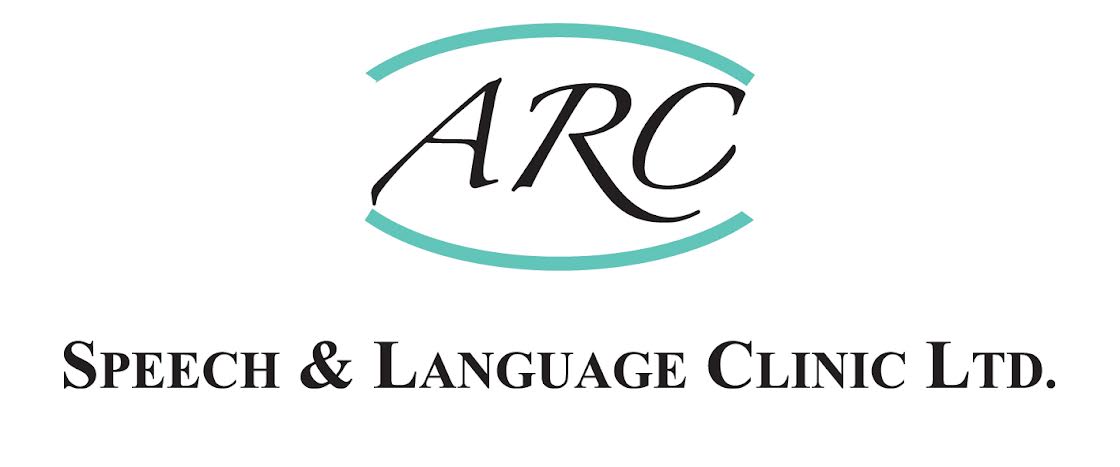COMMUNICATION OPTIONS FOR CHILDREN WITH HEARING LOSS
| Listening and Speaking | Total Communication | Sign Language | |
| Definition | Children learn to listen with digital devices (e.g. hearing aid) and one-on-one teaching to use their residual hearing. | Using multiple ways to communicate with a child e.g. signing, gestures, speech-reading, body language, oral speech and hearing-device use. | Manual language distinct from spoken language (sign language does not use spoken-language grammar or syntax).
e.g. Irish Sign Language (ISL) |
| Primary Goals | To develop speech with hearing devices, and to teach communication skills for the hearing world. | To teach vocabulary and language at a multi-sensory level. | To be the child’s primary language. |
| Offered at ARC? | Yes – using auditory verbal techniques.
For maximum results, these techniques should be introduced before the child starts Primary School. |
Yes – ARC therapists are happy to help you use a total communication approach to your child’s language development. | No – ARC therapists are not currently trained in Irish Sign Language |
| Language Development | Child learns to use spoken and written language fluently, and understands others through listening rather than visual cues. | Child’s simultaneous use of speech and sign is encouraged, with exposure to oral speech, sign, speech-reading and hearing device use. | Understanding and expressive language is developed with the use of sign language. Written language is taught as a second language. |
| Hearing | Early, consistent use of hearing aids, implants and/or a FM system is vital and central to the child’s learning. | Use of hearing aids, cochlear implants, FM system is advised for the child to maximise their remaining hearing. | Hearing devices are not essential for success with sign language. |
| Family Responsibility | Family are the child’s first teachers. Parents need to build listening and speaking into a child’s routine and playtime, for a spoken language-rich home life. | Family learns chosen sign-system for the child to develop their language. | Child needs access to adults fluent in sign language to develop sign language as a primary language. |
| Parent Training | Parents learn strategies for speaking and listening (auditory verbal strategies) to use at home, out-and-about, and in crèche/school. | Parents sign as they speak to the child (simultaneous communication). To become fluent, sign must be routine in your communication. | If parents are not Deaf, intensive sign language education is needed for the family to become fluent. |
